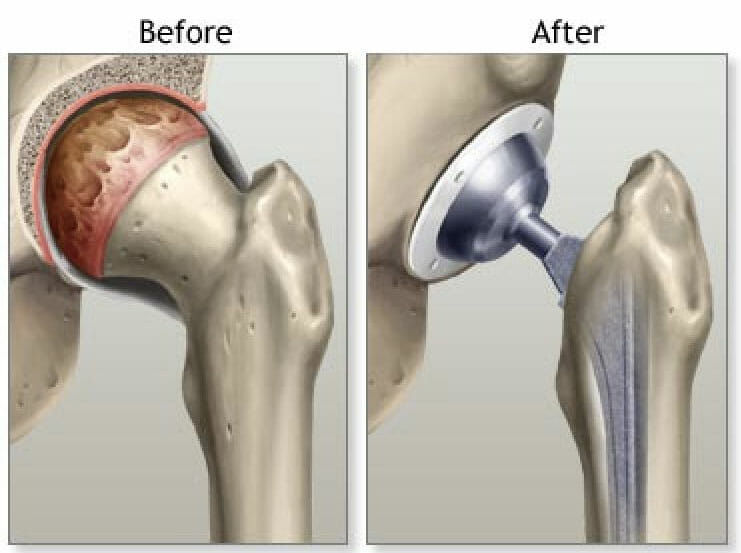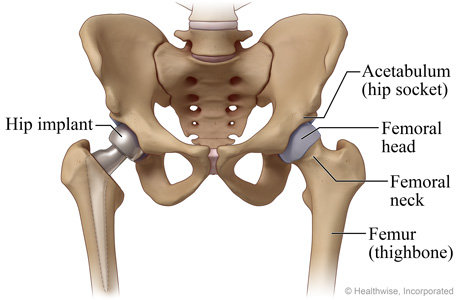What are the types of joint replacement surgeries?
Total joint replacement surgery

Total joint replacement (an arthroplasty) is a surgery that includes extracting a part of the entire damaged joint and replacing it with duplicate implants.
A joint replacement procedure can enhance mobility and give significant relief from pain. You can opt for total joint replacement due to advanced arthritis or an injury. Knee, shoulder, and hip replacements are usually a form of joint replacement procedures.
Joint replacement procedures can usually be performed as minimally invasive surgery. It uses lesser incisions, has lesser hospital stays, and has a lesser recovery period than traditional joint replacement surgery.
Hip replacement surgery
Total Hip Replacement is a good place to start for more information on various types of joint replacements.
- Anterior hip replacement:

An anterior hip replacement is a new way to implant a hip replacement with minimally invasive methods.
This makes for muscle sparing rather than muscle splitting. It helps for a quicker recovery and lesser restrictions on activity after the procedure.
- Partial hip replacement:
A partial hip replacement (a hemiarthroplasty) includes replacing the ball (the femoral head) only and not the socket (acetabulum). This procedure is utilized more in older people facing a hip fracture and is a choice when the socket is healthy.
Knee replacement surgery

- Taking out the damaged tissue.
- Resurfacing existing site.
- Implanting artificial parts into the affected compartment(s) of your knee.
Robotic knee surgery
A state-of-the-art surgery utilizes the NAVIO system for total or partial knee replacement procedure. The procedure is modified to your anatomy. It makes a 3D representation of your knee’s unique profile and shape, and it does not need a CT scan.
The procedure is done using robotic assistance to replace part or the entire knee joint with prosthetic implants. The robotic instruments rotate and bend better than the human hand for improved precision, vision, and management.
Shoulder replacement surgery
- Reverse shoulder replacement:
In this surgery, your ball’s position and socket in the joint are switched and replaced with artificial ones. A prosthetic “ball” is surgically fixed at your shoulder blade, and then an artificial “socket” is added at the top of your upper arm bone.
When the ball and socket’s location is reversed, it helps your shoulder bypass the damaged tendons and muscles. This uses the muscles at the top of your arm and shoulder instead. This makes shoulder joints strong and regains pain-free function.
Preparing for joint replacement surgery
Exercise
Medication
Discharge planning
Rehabilitation
Individuals who have got a complete joint replacement can still have functional, active lifestyles. One main component of several rehabilitation programs is exercise – to regain mobility, function, and strength to your affected joint and nearby muscles.
Speak with your orthopaedist for pre-operative planning. You can also learn about the best joint replacement procedure for your condition.

